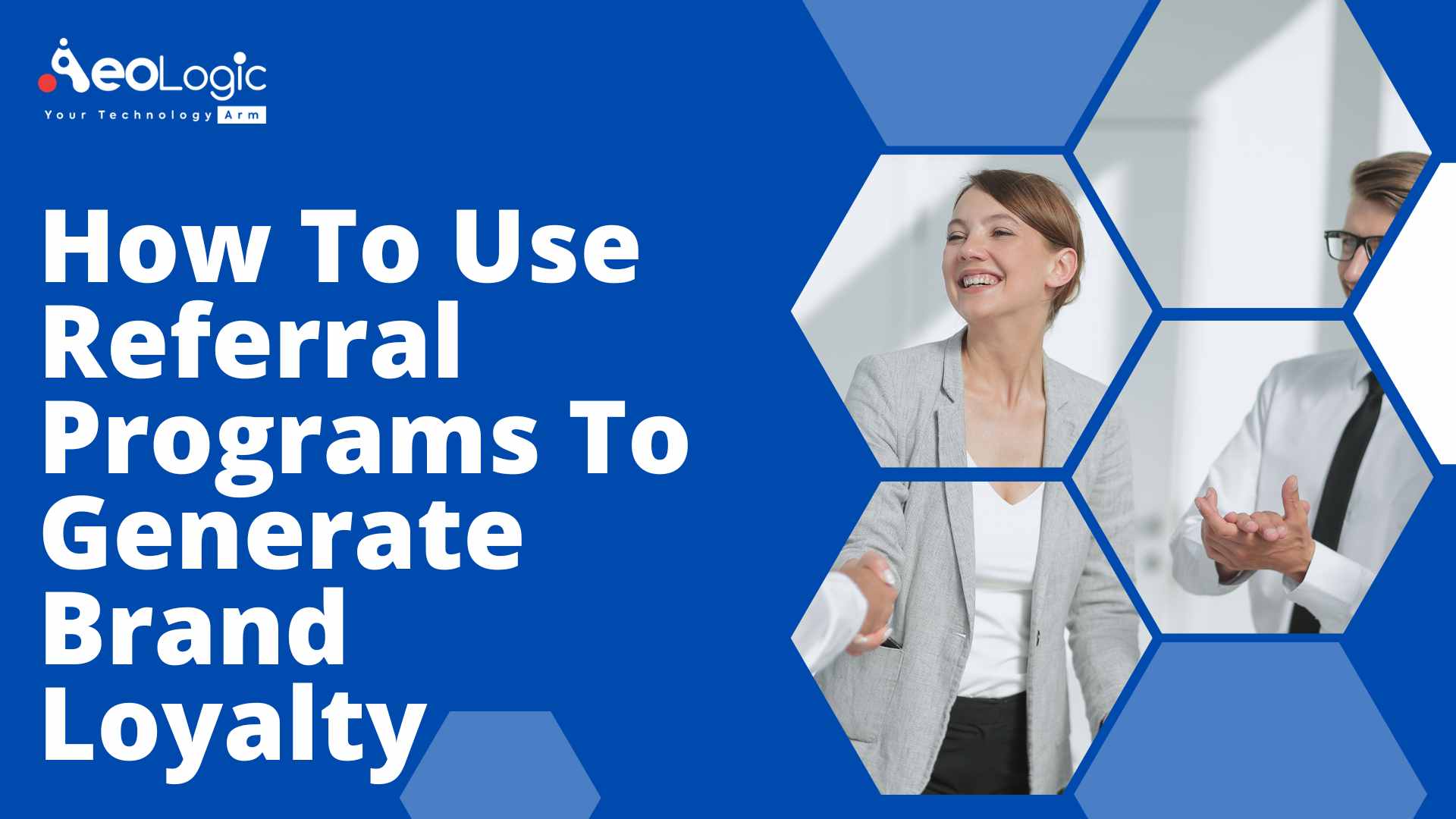Have you used a referral program to generate brand loyalty? If not, then it’s time for some changes. Referral programs are an effective way to generate brand loyalty and increase customer engagement. Most businesses leverage a referral program in some form to drive business, but many don’t know how to use them effectively. In this article, I’m going to discuss how to use referral programs to generate brand loyalty.
Let’s begin!
Table of Contents
- What Are Referral Programs?
- What is Referral Program in Brand Loyalty?
- How to Use Referral Programs to Generate Brand Loyalty
- What Are The Benefits of Referral Programs?
- Top Benefits of Referral Programs
- How to Introduce and Promote Your Referral Program
- Conclusion
What Are Referral Programs?
A referral program is a process of asking your customers to refer other potential customers to you. This can be accomplished through a variety of methods, including email, social media, or text messaging.
What is Referral Program in Brand Loyalty?
Referral programs are a great way to build brand loyalty and encourage word of mouth, but what does it mean to use referral programs for brand loyalty?
Referral programs are a way for businesses to incentivize customers to share their positive experiences with others. When someone who has made a purchase from you tells their friends about how satisfied they were with your company and how much they enjoyed working with you, that’s called word-of-mouth marketing. Word-of-mouth marketing is much more effective than traditional advertising because people aren’t bombarded by advertising all day long. They have time to think about it and decide whether or not they want to share their positive experience with others.
How to Use Referral Programs to Generate Brand Loyalty
The best way to use referral programs for brand loyalty is by giving away something of value in exchange for a referral. You could provide an incentive such as a discount or free product. You can also offer coupons or discounts on future purchases as incentives if the customer refers someone else who also makes a purchase from your business. The goal here is simply to make sure that people feel good about referring others because there will be some kind of reward involved.
The most important thing that you need to keep in mind is that referral programs are not about generating brand loyalty in and of themselves; they are about creating a relationship between your customers and your business. With this in mind, here are some tips for using referral programs as an effective marketing strategy:
- Make it easy for your customers to refer others. Don’t make them feel like they have to do something special. Just let them know that they’ll get a bonus if they refer someone else!
- Offer incentives that are relevant to the customer’s experience (for example, free shipping on orders over $100).
- Offer incentives that are relevant to their relationship with you (for example, 20% off the first purchase).
- Make sure to offer incentives that are relevant to your business (for example, a free month of service).
- Be consistent in the way you reward people.
- Don’t make it too hard for customers to refer others. In fact, sometimes making it too easy can lead people to be less engaged with your brand.
What Are The Benefits of Referral Programs?
With many companies now offering referral programs, there are a number of reasons to join one. One of the most popular reasons is that it can help generate brand loyalty.
A referral program allows you to earn rewards for referring others to your company, and it can be a great way to build relationships with your customers. When someone you know signs up for your company’s services or products, they might also tell their friends and family members about it, which can lead to more business for you in the future.
You’ll also have an opportunity to share information about your company with those who have referred others who end up becoming customers themselves. This helps spread awareness about your brand among people who may not have heard about it otherwise.
Top Benefits of Referral Programs
- They provide customers with an incentive to share their positive experiences with others.
- Referral loyalty programs enable you to track and target your most devoted consumers while also providing a more personalized experience.
- It helps build trust between the brand and the customer.
- It encourages loyalty and repeats purchases by converting one customer into a brand advocate.
- An excellent and low-cost marketing strategy is to incorporate a referral programmer into an existing loyalty program.
- It can be used as a marketing tool for customer retention.
Key Benefits of Referral Programs
- Normalizes the procedure for sharing.
- Cost-effectively attracts new customers.
- Attracts high-quality clients.
- Possesses a record of accomplishment.
How to Introduce and Promote Your Referral Program
1. Email
Email might be the quickest approach to announcing your new referral campaign to your consumer base. To avoid being flagged as spam by other users, send the email just to your present users who have subscribed to your email newsletter.
Email your referral program to your team, clients, or anyone else who you think might be interested in it. You can also send it to a specific person if you’d like them to invite their friends.
2. Incentivize the Referral
Offer incentives for referring new clients to your business like an extra service fee or a gift card, or even a discount on the first purchase of their services. This way, you’ll be telling them that they’ll get something good (and hopefully valuable) if they refer someone else who gets what they’re looking for.
You can send a simple “thank you” email to your customers who refer you, as well as a link so they can claim their reward after the referral is made.
3. Facebook post
You can also share a Facebook post about your referral program with your customers. They’ll be able to share it with their friends and get to know you even more—and maybe even start referring you.
4. Website
If you have an online store, you might want to consider having a dedicated page where people can claim their reward after they’ve referred someone else. This way, they won’t miss out on anything if they don’t want to claim their reward right away and it will help them build trust in your brand by giving them an opportunity to spread the word about your business.
5. Google AdWords
The first step is to create a landing page to introduce your readers to the referral campaign, which you can promote using Google Ads and use a headline like “Get free cloud space.” Using a compelling title like this one aids in the conversion of potential users by motivating them to invite other users. It will allow you to double your conversion rate without having to increase your marketing budget.
Conclusion
Successful companies have been using referral marketing for decades. It’s effective because it leverages the same social and emotional advantages that have made word-of-mouth marketing popular for so long. It’s now easier than ever to make a template from scratch using the internet’s wealth of resources.
Related Blogs:
- How AI/ML Can Change the Public Transportation Industry
- Transforming Business With Digital Technology in the Oil Palm Industry in India
- Importance of Digital Asset Management in the Retail Industry
- How AI is Transforming the Agriculture Industry
- 10 Ways to Use Artificial Intelligence to Improve Business Processes
- The Future of IoT Technology in Convenience Stores
- Building Manufacturing Resilience Through AI and ML









